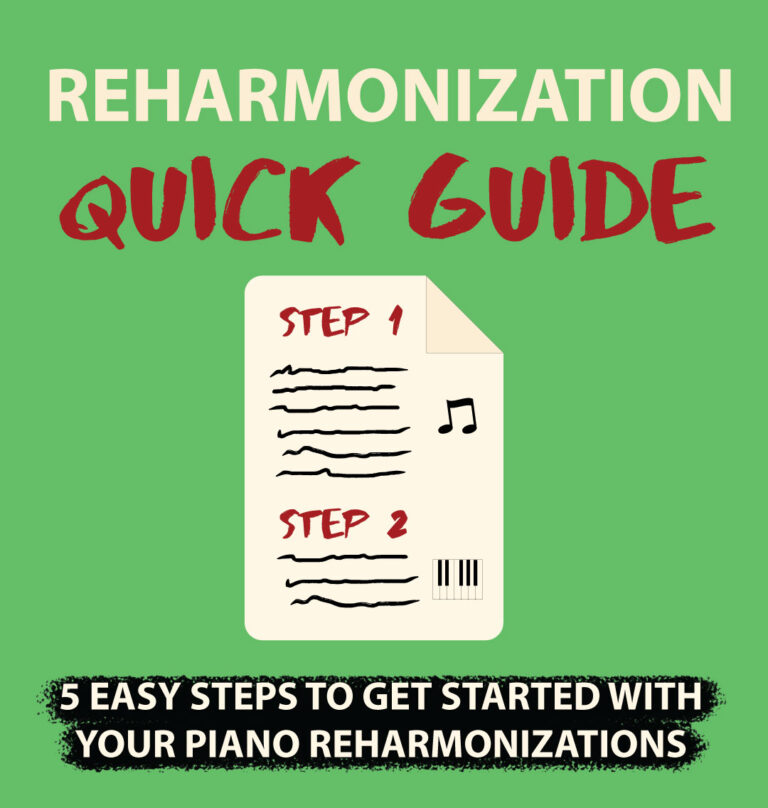Time for a composition tutorial! I recently released a new single, “Zee (Sea)” with my cinematic piano project Doeke, and in this blog post, I’ll show you how I composed this piece using the “crossed-hands” technique.
It’s a fairly simple but effective way to create pretty, atmospheric, and minimalist piano pieces.
You can give the song a listen below:
Step 1 — Pick a Key Signature and Chords
The first step is to pick a key signature and then choose two chords that intrigue you. These chords will serve as the starting point for your piece. The interaction between these chords will create the initial harmonic landscape and mood of your composition.
I picked the key of Eb, and my two chords are Abmaj13 and Ebadd9/G:

Step 2 — Pick a Time Signature and Arpeggiate
Once you have your key signature and chords, decide on a time signature. This will determine the rhythmic framework of your piece. Begin by playing the bass note of your first chord with your left hand. Then, with your right hand, arpeggiate the rest of the chord. You can experiment with different arpeggiation patterns.
I came up with this 16th note pattern in a 6/8 time signature:

Step 3 — Add in a Melody
Now it’s time to introduce a melody, and this is where the crossed hands technique comes into play. After playing your first bass note, while the right hand is playing its arpeggio, cross your left hand over your right and find a melody that complements the chord. The nature of the crossed hands creates a kind of “call-and-response” type of melody, where the melodic notes seem to respond to the bass notes.
I came up with the following opening melody:

Step 4 — Add Variatons
Now, it’s time to expand your piece. Choose different chords and repeat the process outlined in steps 1-3. This will slowly build your arrangement, introducing new harmonic and melodic elements. You can try to find different chords within the key, or even modulate.
My first variation starts on the ii-chord in Eb, Fm:

My second variation is a subtle modulation to the key of D minor (or F major):

Step 5 — Finalize
The final step is to refine your composition. Add dynamics to bring your piece to life, emphasizing certain notes or phrases to convey emotion. Finalize the form of your composition, creating a structure that guides the listener through a musical journey. It can be powerful to build towards a climax, where the emotional and musical tension reaches its peak, before returning to the original opening motif established in step 3.
Here’s the final version of my composition, “Zee (Sea)”, using all the 5 elements from this blog post:
Conclusion
I hope you found this tutorial useful, and that it will help you create your own crossed hands piano compositions. Remember, experimentation is key, and there’s no right or wrong way to do this — I just showed you how I happen to do it.
If you’d like to hear more music like this, please follow Doeke on Spotify, or wherever you listen to music.
Happy composing, and let me know if you’ve tried this technique in the comments below.

